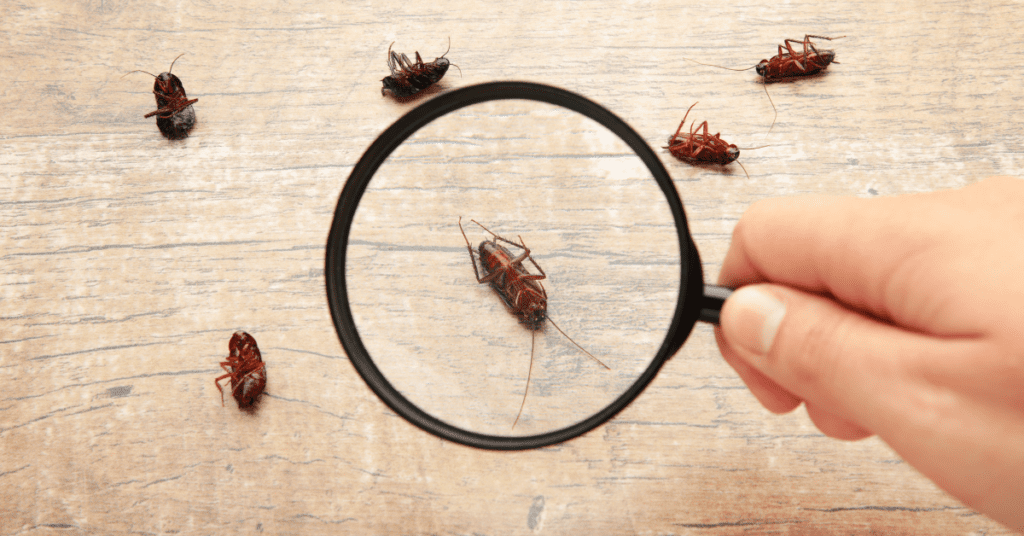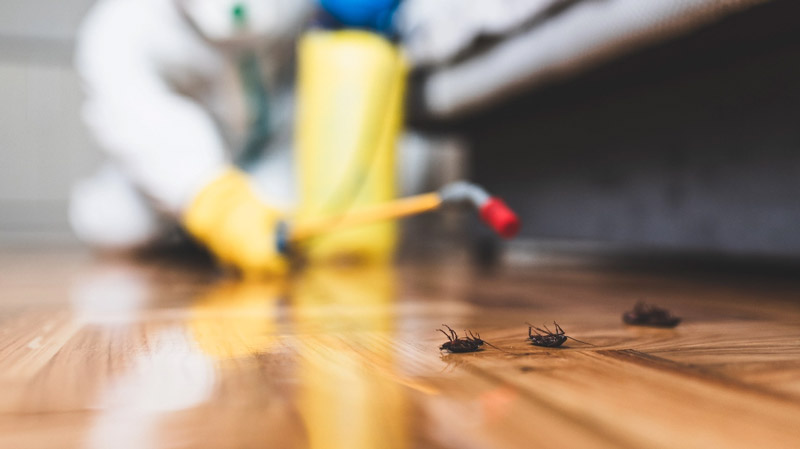Trusted Exterminator Coquitlam Services for Effective Pest Management
Trusted Exterminator Coquitlam Services for Effective Pest Management
Blog Article
Safe and Trustworthy Pest Control for Lasting Defense
Reliable bug administration requires a diverse method that balances eco-friendly integrity with the requirement for reliable parasite reductions. The nuances of these methods might not be promptly clear, prompting a closer exam of the methods that can lead to sustainable parasite control results.
Recognizing Insect Control Methods
Parasite control includes a selection of techniques focused on handling and removing unwanted pests and rodents that can intimidate both health and residential or commercial property. Recognizing these techniques is crucial for reliable pest administration.
The primary groups of pest control techniques consist of mechanical, organic, and chemical approaches. Mechanical approaches include physical obstacles and traps to avoid bug access and capture unwanted varieties. Making use of screens on home windows or employing sticky traps can dramatically decrease bug populaces without presenting damaging materials - exterminator coquitlam.

Chemical pest control is frequently the most recognized method, utilizing pesticides to eliminate pests. These chemicals can be effective but must be used with care to prevent negative impacts on non-target types and the environment.
Benefits of Eco-Friendly Solutions
How can eco-friendly options transform bug control techniques? The fostering of eco-friendly bug control methods uses numerous benefits, considerably enhancing the efficiency and safety and security of insect monitoring.

An additional benefit is the favorable effect on local biodiversity. Environmentally friendly options are made to target details pests while preserving valuable insects and wildlife, promoting a balanced ecosystem. This approach aligns with the expanding customer need for lasting techniques, boosting the track record of parasite control service providers.
Integrated Bug Monitoring Approaches
The implementation of environmentally friendly remedies naturally results in the fostering of Integrated Pest Management (IPM) strategies, which additionally enhance parasite control efficiency. IPM is an all natural method that combines multiple methods to take care of bug populations while lessening environmental impact. This method highlights the usage of biological, social, mechanical, and chemical controls, making sure a well balanced and lasting method of pest management.
One basic facet of IPM is the detailed analysis of pest activity and environmental problems. By keeping track of bug populaces and recognizing their life cycles, professionals can implement targeted treatments that disrupt the bug's environment or lifecycle, decreasing reliance on chemical pesticides. Furthermore, social practices such as plant turning and habitat manipulation can considerably decrease bug establishment and reproduction.
An additional critical component is the usage of biological control agents, such as valuable bugs or bacteria, which can naturally suppress parasite populations. When chemical applications are essential, IPM focuses on making use of low-risk chemicals and applies them selectively, decreasing direct exposure to non-target microorganisms and people.
Including IPM methods not only improves bug control efficiency but additionally advertises a safer community, lining up with the growing need for sustainable practices in bug administration.
Safe Practices for House Owners
Comprehending the significance of safe practices in pest control can empower house owners to successfully take care of insect problems while protecting their wellness and the atmosphere. Executing safe methods and preventive steps is essential in decreasing direct exposure to damaging chemicals.
House owners must first assess their setting for problems that attract parasites, such as standing clutter, water, and food waste. Routinely cleansing and sealing entrance points can discourage parasites from invading the home. Using all-natural deterrents, such as vital oils or diatomaceous earth, can give effective options to chemical pesticides.
When chemical therapies are required, home owners should go with items that view it are particularly labeled as risk-free for residential use. It is crucial to follow application standards thoroughly to stay clear of overexposure. Using targeted treatments in locations where pests are identified, rather than blanket splashing, can considerably decrease chemical use.
Lastly, keeping open interaction with pest control experts is vital. Homeowners should ask about the security of items used and demand green options whenever possible. By embracing these risk-free practices, property owners can create a much healthier living atmosphere while successfully managing parasite issues.

Tips for Long-Term Security
Developing a parasite monitoring technique that highlights long-lasting protection can greatly enhance the effectiveness of the secure methods formerly reviewed. To accomplish this, property owners ought to execute regular inspections of their home, concentrating on hidden areas such as attic rooms, basements, and crawl spaces. Early detection of insect activity is critical in stopping invasions from holding.
These practices lower attractants that draw pests into the home. Sealing entrance points, such as fractures around doors and home windows, can properly block possible parasite accessibility.
Landscaping ought to additionally be thought about; keeping plants cut and preserving from this source a distance between greenery and the home reduces hiding places for bugs. Making use of natural deterrents, such as important oils or diatomaceous earth, can further prevent problems without considering harsh chemicals.
Last but not least, teaming image source up with an expert insect control solution for periodic examinations can give an additional layer of security. These specialists can supply tailored suggestions and progressed therapies, guaranteeing that your home stays safeguarded versus bugs in the long-term.
Conclusion
Finally, trustworthy and risk-free insect control requires a diverse strategy that emphasizes green approaches and incorporated bug management. By executing natural deterrents, performing regular inspections, and preserving appropriate cleanliness, homeowner can dramatically minimize parasite populations while shielding advantageous insects and the setting. Cooperation with specialist insect control services improves the efficiency of these strategies, making certain customized options that supply lasting security and tranquility of mind against future problems.
Effective pest monitoring needs a diverse technique that balances environmental honesty with the demand for reliable insect suppression. The adoption of green bug control techniques provides countless advantages, substantially boosting the performance and safety of insect management.The implementation of eco-friendly services normally leads to the adoption of Integrated Insect Monitoring (IPM) techniques, which additionally enhance insect control efficiency. exterminator coquitlam. By checking pest populations and recognizing their life cycles, practitioners can carry out targeted treatments that disrupt the bug's habitat or lifecycle, reducing dependence on chemical pesticides.In verdict, trustworthy and safe pest control requires a complex technique that stresses green approaches and integrated parasite monitoring
Report this page